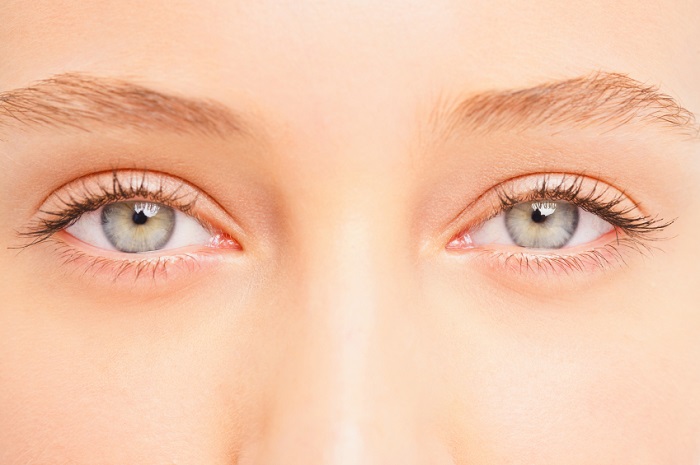Following Are The Top 7 Common Eyes Diseases
Most people have trouble with their eyes at some point. Some are small and will go away on their own or are easy to treat at home. Some people need care from a specialist.
You can do things to improve your eye health if your vision isn’t what it used to be or was never that good.
See if you’ve ever had any of these common problems. And you should always see a doctor if your symptoms are terrible or don’t get better in a few days.
Top 7 Diseases that are a Prevalent Cause of Eye Disease:
-
Eyestrain
This is something that everyone who reads for hours, works at a computer, or drives for long distances knows. When you use your eyes too much, this can happen. Like any other part of your body, they get tired and need rest.
Give your eyes a break if they feel tired. If they are still tired after a few days, see a doctor to ensure there isn’t something else wrong.
-
Red Eyes
Their skin is full of blood vessels that get bigger when they get hurt or sick. This makes your eyes look red.
It can be caused by tired eyes, staying up late, not getting enough sleep, or allergies. If you hurt yourself, have a doctor check it out.
Red eyes could be a sign of another eye problem, like conjunctivitis (pinkeye) or sun damage from years of not wearing sunglasses. See your doctor if over-the-counter eye drops and rest don’t help.
Suppose you want to study the cause of eye infection. Read more.
-
Night Blindness
Is it hard to see, especially when driving, at night? Is it hard to get around in dark places, like movie theatres?
It sounds like you can’t see in the dark. It’s a sign of a problem, not a problem in and of itself. A type of night blindness that a doctor can fix is caused by nearsightedness, cataracts, keratoconus, and not getting enough vitamin A.
Some people are born with this problem, or it can be caused by a disease that causes the retina to deteriorate, which can’t usually be fixed. If you have it, you’ll need to be extra careful in areas with low light.
-
Cross Eyes (Strabismus) and Nystagmus
Strabismus is a condition in which your eyes don’t look at the same thing simultaneously. People may also call it “crossed eyes” or “walleye.”
This problem won’t just go away. When your eye muscles aren’t strong enough, you might be able to go to vision therapy with an eye doctor. Most of the time, you’ll need an ophthalmologist, or eye surgeon, to do surgery to fix it. You’ll need to see an ophthalmologist or eye doctor to fix it.
With nystagmus, the eye constantly moves or “jiggles” independently.
There are many ways to help your eyes get more muscular, such as through vision therapy. Surgery is another choice. Your doctor will look at your eyes to determine what kind of treatment might help you the most.
-
Colorblindness
Colorblindness is when you cannot distinguish between particular hues (most often between reds and greens). It occurs when the eye’s color cells, referred to as cone cells by your ophthalmologist, are missing or malfunctioning.
You can only see in shades of grey when it’s at its worst, although this is quite unusual. Several medicines and disorders might cause you to develop them later in life. You can find out what’s wrong with you from your doctor. It is more common in males than in women.
A simple test performed by your eye doctor may identify the problem. If you’re born with it, there is no cure. However, some individuals can see the difference between particular hues using special contacts and glasses.
-
Cataracts
The lens of the eye develops hazy regions.
Lenses in good health are as clear as a camera’s. Your retina receives the light in the rear of your eye, where pictures are processed. Cataracts reduce the amount of light that can pass through your watch. You may see glare or a halo surrounding lights at night.
It is common for cataracts to develop over a long period. Eye discomfort, redness, or tears are not signs of their presence.
You may not see some of them since they’re so tiny. Surgery usually often restores your eyesight if they progress and impair it.
-
Floaters
Small, floating dots are what you’ll see in your peripheral vision. Most people will see them in well-lit rooms or on a sunny day.
While they are generally harmless, floating specks of light may warn of a more severe eye condition, such as retinal detachment. The back of the eye’s retina separates from the layer underneath it. Floaters and light flashes or a black shadow may cross your field of vision when this occurs.
See your eye doctor right away if you detect a sudden change in the kind or amount of spots or flashes you see or if you see a new black “curtain” in your peripheral vision.




